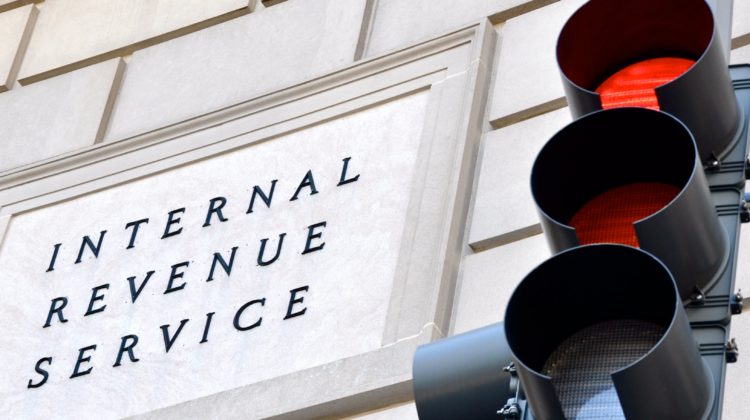
SIMPLE IRAs are popular among small employers looking to give workers an easy way to save for retirement. Limits on SIMPLE IRA contributions are indexed to inflation, and similar indexing led to a boost for those who use more sophisticated 401(k) plans. However, the inflation adjustment wasn’t enough to lead to a change in the SIMPLE IRA contribution limits. The only clear change is one that will primarily affect high-income participants.
2018 SIMPLE IRA employee contribution limits
SIMPLE IRAs, or savings incentive match plans for employees, are used most often by self-employed workers and employees of small businesses. SIMPLE IRAs let you set money aside for retirement without forcing an employer to set up a more complicated employer-sponsored retirement plan like a 401(k).
Pay less to the IRS with a SIMPLE IRA. Image source: Getty Images.
Each year, SIMPLE IRA participants can make employee contributions up to a certain amount. For 2018, the figures are the same as they were in 2017. Workers younger than 50 have a $12,500 maximum contribution. Those 50 or older can get a $3,000 catch-up contribution, making the overall maximum $15,500.
SIMPLE IRAs also require employers to make contributions on behalf of participating workers. Employers can either match their employees’ contributions dollar-for-dollar up to a maximum of 3% of each employee’s salary without any limit, or they can make a contribution of 2% of each employee’s salary regardless of whether the employee makes contributions or not, up to a maximum of $5,500 in employer contributions.
That last number is $100 higher than it was in 2017. Yet the move will only affect you if you make more than $270,000 in 2018, as the limit on compensation for the 2% option rose to $275,000.
Should you do a SIMPLE IRA?
SIMPLE IRAs have lower limits than what you’d find with a 401(k) plan, or some other retirement plan options. Yet even with those limitations, there are still some good reasons why SIMPLE IRAs remain popular options among employers helping their workers save for retirement.
First, SIMPLE IRAs aren’t nearly as complicated as 401(k)s and other types of retirement plans. For a small business, the reporting and administrative responsibilities associated with a SIMPLE IRA are less onerous than what someone has to take on in order to establish a 401(k) plan. Rather than having special administration procedures, most financial institutions take care of SIMPLE IRA accounts very similarly to how they treat personal IRAs or brokerage accounts. You’ll have to fill out some extra forms just to comply with requirements, but that’s trivial. Employers only have to make sure that they get money deposited to SIMPLE IRAs correctly.
Self-employed workers like SIMPLE IRAs because they can make both employer and employee contributions. If you use the 3% matching rule and your income is high enough to max out employer contributions, then you can use a SIMPLE IRA to put up to $25,000 for those under 50 or $31,000 for those 50 or older into the account. Entrepreneurs who later add employees have to let those new workers participate in the SIMPLE IRA, as well, but that’s a small price to pay for simplicity and tax savings.
Take a closer look at SIMPLE IRAs
The rules covering SIMPLE IRAs don’t look like they’re going to have any major changes taking effect as 2018 begins. With tax reform ongoing and with attention turning to retirement plans, you should stay abreast of developments in the area. Yet for many, SIMPLE IRAs are a great solution that avoids the bother of more complicated plans, while still reaping substantial tax rewards.
